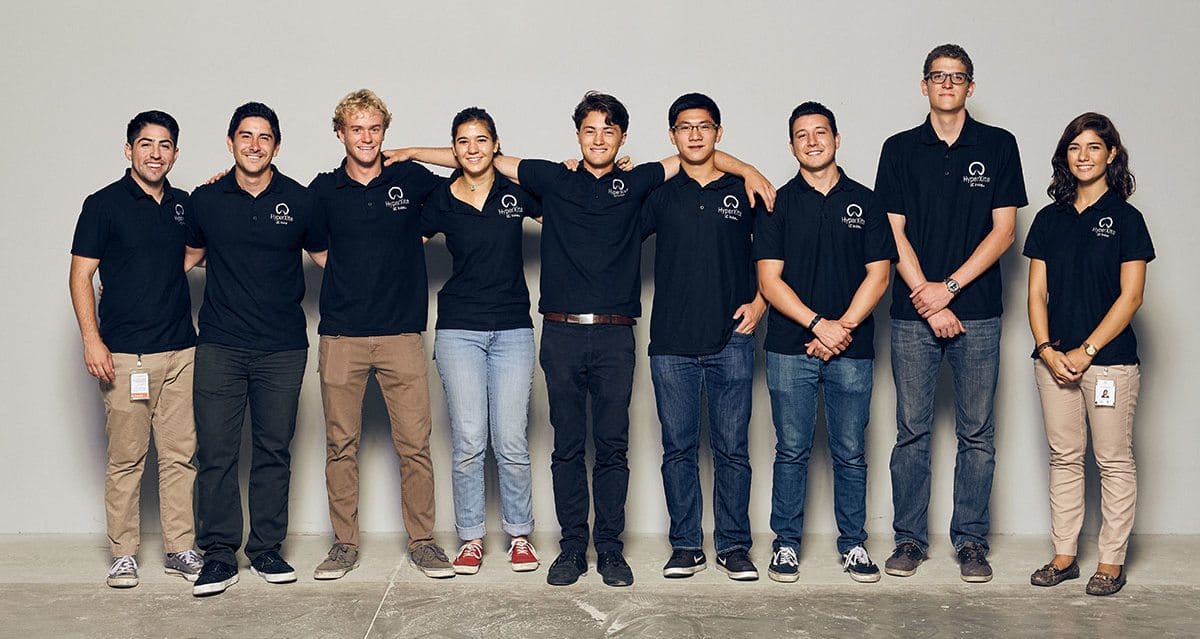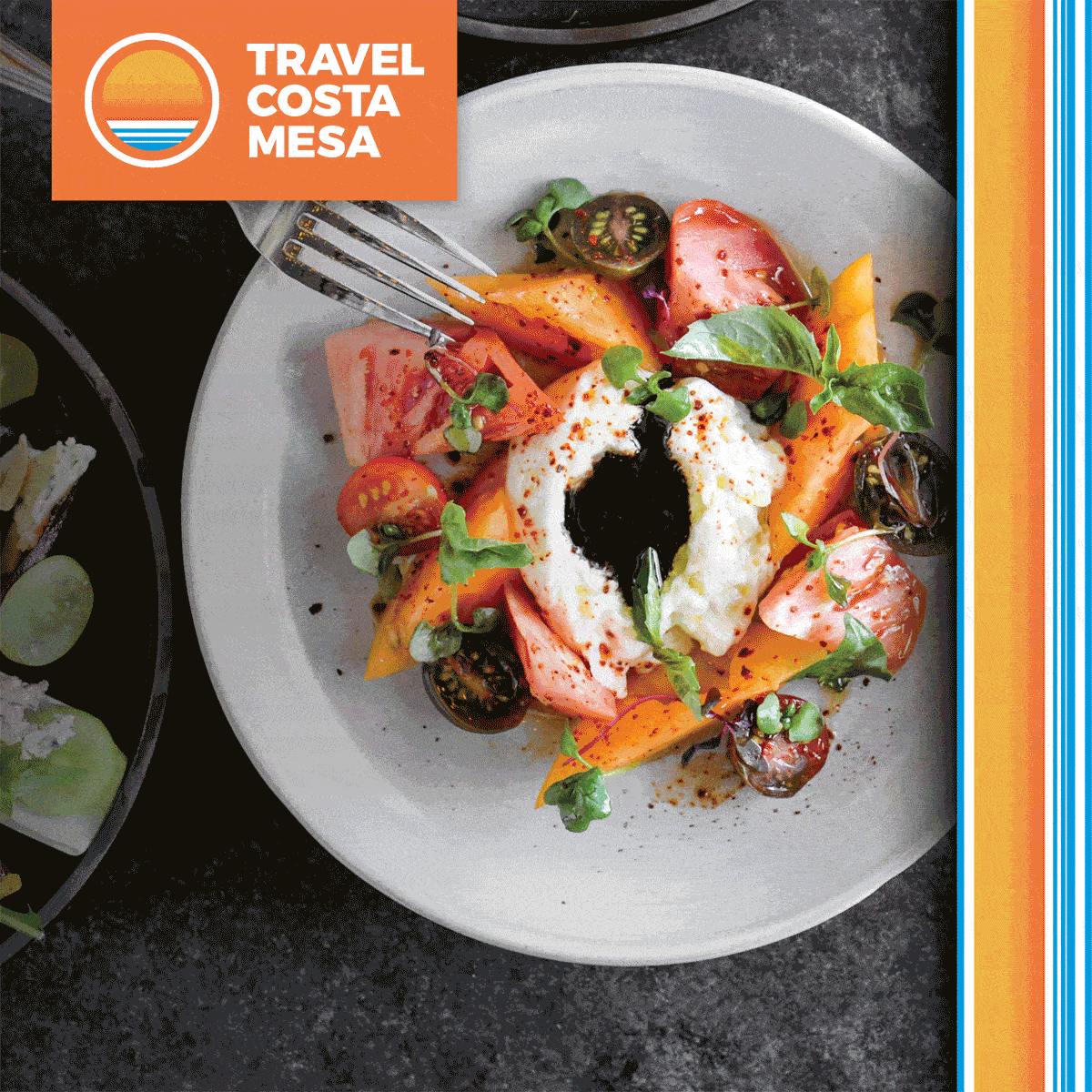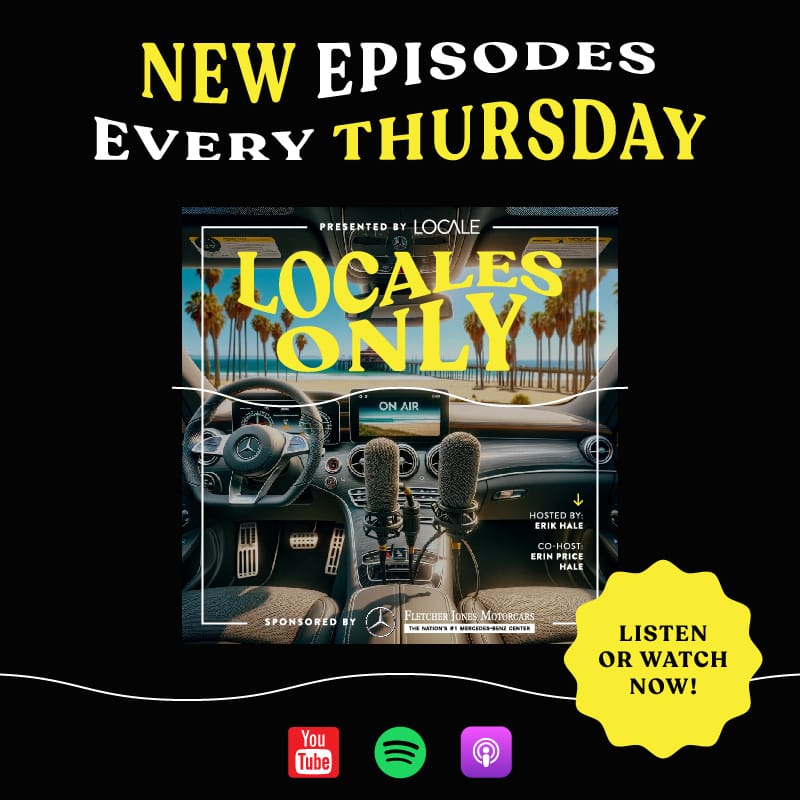UCI’s Hyperloop Team Talks the Future of Travel
Written By: Alana Aronson HyperXite
Photographed By: Sean Drews
Expert: Patricio Guerrero
Credentials: HyperXite Team Captain, Student at University of California, Irvine
Fun Fact: He is the Chief Engineer over 45 UCI team members
In 2013, Elon Musk and the SpaceX team released an idea that would turn mass transit upside down and revolutionize travel: the hyperloop. A system for travel that would carry passengers from San Francisco to Los Angeles in tubes at close to 750 mph. This means that your road trip which consisted of six to eight hours of fist clenching traffic and stale trail mix would take roughly 35 minutes of travel time—shorter than an episode of primetime television.
While SpaceX proposed this theory, and put up the funds to host a competition, they are not affiliated with any Hyperloop companies. Their intention was to move along the conversation of knowledge and assist in bringing this technology to life. In January 2016, a design weekend took place at Texas A&M University, showcasing the work that so many student and non-student teams around the globe had been working on since the beginning of the competition in 2015. Of the roughly 115 teams that participated in design weekend, 30 of them moved on to show a Hyperloop prototype at a mile-long test track in January 2017. University of California, Irvine’s team HyperXite, was one of the top five award winners among the 30 that moved forward. We had the opportunity to look into their progress in October 2016 and hear what they were most excited for in the months to come from team captain Patricio Guerrero.
Q: How does it feel to have placed fifth in the International Hyperloop Pod Design competition?
Patricio Guerrero: It was an amazing feeling. We poured a huge amount of time and resources into the project and to have it pay back in such a way is incredible. The competition is not over yet, we still have to prove ourselves on the track in competition weekend.
Q: How many people are working on the HyperXite team?
PG: We currently have 45 members and are quickly growing. We recently started classes, so a lot of new and eager students are joining the project.
Q: How many hours a week do you personally commit to the project?
PG: Hyperxite is a huge time commitment for me personally; every day we are building and testings systems. New things are happening every day! I probably invest about 6-8 hours a day.
Q: What different majors are involved in HyperXite?
PG: All the schools of engineering within UCI are represented in the team. We have a diverse group of students that make it perfect for collaboration.
Q: Who are your biggest mentors throughout this project?
PG: The project has had several mentors—for many facets of the project we have sought guidance and collaborated with mentors from industry and academia.
Q: How does HyperXite stand apart from the other teams in competition?
PG: Our levitation system sets us apart from the other schools. We are focusing on developing a high-speed hovercraft system. This approach is very different from other teams who went with the more traditional magnetic levitation rout.
Q: What was the team’s inspiration behind the design of the pod?
PG: Physics, simplicity, and beauty was the inspiration behind the pod.
Q: How did HyperXite form?
PG: HyperXite formed with four people who wanted to build something that has never been done before. It quickly grew from there to become more than a project but a community of people who share the same goal—to push the hyperloop technology into reality.
Q: How do you see the Hyperloop changing or influencing our culture of travel and community in the future?
PG: The Hyperloop has far reaching implications in our society. This technology will join cities and cultures together.
Q: What will happen should your team win?
PG: We will continue to improve our technology for the next competition!
Q: What are you looking to get out of this project, personally?
PG: Experience is a huge reward from HyperXite—not only for engineering, but also for the social and teamwork aspects of the project.
Q: Do you see the technology surrounding the Hyperloop advancing even further than what is imagined at this point?
PG: Yes, this technology is very new and can take many turns as it matures into a final product.
Q: Would you volunteer to be one of the first passengers on the Hyperloop?
PG: Yes. After extensive testing, of course!
Award Winners From Design Weekend, Jan. 2016
- Best Overall Design Award: MIT Hyperloop Team, Massachusetts Institute of Technology
- Pod Innovation Award: Delft Hyperloop, Delft University of Technology
- Pod Technical Excellence Award: Badgerloop, University of Wisconsin-Madison
- Pod Technical Excellence Award: Hyperloop at Virginia Tech, Virginia Tech
- Pod Technical Excellence Award: HyperXite, University of California Irvine
Dream Details: The Hyperloop in the USA
Route: San Francisco Bay to Los Angeles
Time: Roughly 35 minutes
Speed: 750 mph
Cost: $6 to $7.5 billion
Passenger Price: $20 one way
The Man Behind the Magic: Elon Musk’s Popular Projects
Co-founder, CEO, and product architect of Tesla Motors
Founder, CEO, and CTO of SpaceX
Co-founder of Zip2
Founder of X.com (which became PayPal)
Co-founder and chairman of SolarCity
Co-chairman of OpenAI
Photoshoot Location:
UCI Hyperloop Team Lab
Tustin, CA 92780
Los Angeles to San Francisco in 35 minutes? Yes, Please! UCI’s Hyperloop Team is Trying to Make That Happen
Raised in Orange County, Alana loves all things local: hikes in the canyons and by the coast, runs in Corona Del Mar, and stories from the people who live in Orange County. With an English Literature degree from California State University, Long Beach, she is excited to join LOCALE Magazine and its love for local heartbeats.
-
Alana Aronsonhttps://localemagazine.com/author/alana-aronson/
-
Alana Aronsonhttps://localemagazine.com/author/alana-aronson/
-
Alana Aronsonhttps://localemagazine.com/author/alana-aronson/
-
Alana Aronsonhttps://localemagazine.com/author/alana-aronson/




























